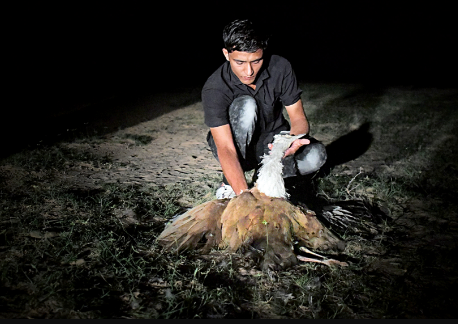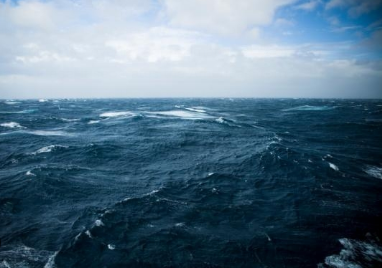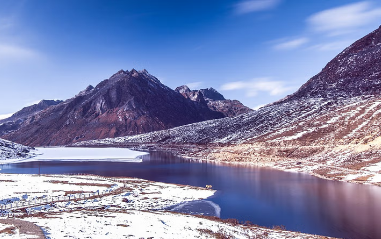
India is currently experiencing an intense heatwave affecting multiple states, with temperatures soaring above 40 degrees Celsius. States such as Jharkhand, Karnataka, West Bengal, Odisha, and Maharashtra are among the hardest hit. In Jharkhand, districts like West Singhbhum have recorded temperatures reaching 41°C, significantly higher than the seasonal average. Similarly, North Karnataka's Ainapur Hobli village in Kalaburagi district reported temperatures as high as 42.8°C. West Bengal's western districts, including Paschim Medinipur and Bankura, are also grappling with severe heat, with Kolkata experiencing temperatures five degrees above average. Odisha's Jharsuguda district recorded 41.8°C, prompting heatwave warnings for regions like Sambalpur and Mayurbhanj. Maharashtra's Vidarbha region continues to face extreme heat, with Chandrapur recording 41.4°C. Times of India

In the heart of India’s arid landscapes, where water is a luxury and wildlife struggles for survival, Radheshyam Bishnoi has emerged as a beacon of hope. His journey began in 2018 with just a liter of water, and today, he has created over 50 water ponds, holding up to 10,000 liters, ensuring that no wild animal perishes from thirst.

Recent studies have raised alarms about the potential slowdown of Earth's strongest ocean current, the Antarctic Circumpolar Current (ACC), due to climate change. The ACC, which flows eastward around Antarctica, plays a pivotal role in regulating global climate by distributing heat and nutrients across the world's oceans. Researchers predict that if high greenhouse gas emissions persist, the ACC could slow by 20% by 2050, leading to profound environmental consequences.

In India, a growing number of artists are transforming waste materials into stunning artworks, merging creativity with environmental consciousness. These artists repurpose discarded items, from electronic components to plastic waste, into pieces that not only captivate the eye but also convey powerful messages about sustainability.

The Arctic, often referred to as the Earth’s "climate regulator," is facing an alarming transformation. Scientists now warn that the region could become ice-free in the summer within the next two decades, a direct consequence of rising global temperatures.

The glaciers of Arunachal Pradesh are shrinking at an alarming rate, revealing the stark consequences of climate change in India’s northeastern frontier. A recent study highlights a significant reduction in glacier mass over the past three decades, with experts attributing this to rising global temperatures, erratic precipitation patterns, and environmental disturbances.

India has reached a significant milestone by achieving 100 gigawatts (GW) of installed solar energy capacity as of January 31, 2025. This accomplishment underscores the nation's commitment to expanding its renewable energy portfolio, with an ambitious target of 500 GW of non-fossil fuel-based energy capacity by 2030.

The Maha Kumbh Mela, estimated to have 400 million participants, is taking place in Prayagraj is planned to be the largest gathering of people in the world, from January 13 to February 26, 2025.

Yala Glacier, one of Nepal's most extensively studied glaciers, is facing rapid decline and is projected to vanish by the 2040s. Monitoring data from 1974 to 2021 reveals a retreat of 680 meters and a 36% reduction in its area. The glacier's elevation, which ranged from 5,170 meters to 5,750 meters in 2011, has also significantly declined.

In a significant move to combat climate change, the United Nations has declared 2025 as the International Year of Glaciers Preservation. This global initiative aims to underscore the urgent need to protect the world's glaciers, which serve as critical water sources and natural regulators of Earth's climate.